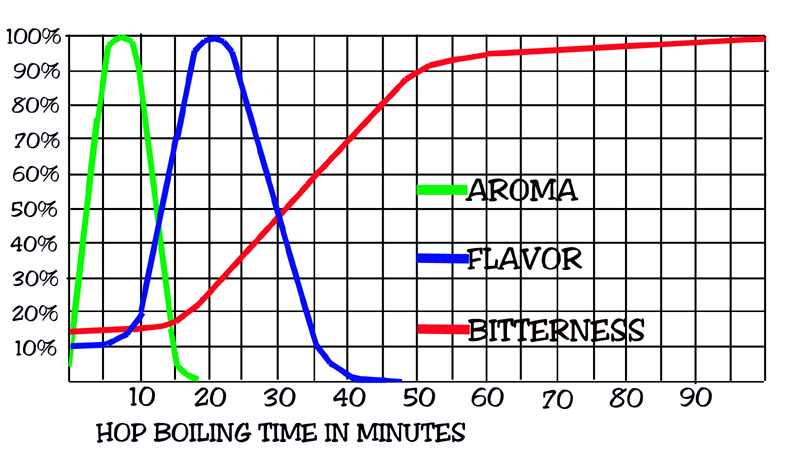Hey everyone, I am fairly new to brewing. I have bottled mead, cider and my brewers best scottish ale was bottled just yesterday. I have caught the beer bug and I want to make a lighter beer for my next beer.
I was originally thinking of making an oktoberfest beer (to be ready by october), but I decided sticking with brewing ale for my first couple times would be a wise choice. In terms of ale, I was thinking of either a pale ale (like lefthand brewery's stranger [jackman's] pale ale) or an amber ale. Kolsch and golden ales seem to bland or sweet so I wanted to avoid those. I have read and re-read how to brew by palmer and have been messing around with brewtarget trying to see what I should make. I was originally going to go with one of palmer's recipes, but they seem very hoppy and, while i do like hops, ipa's and overly hoppy pale ales are not my favorites.
I was hoping I could get some advice on either a good pale ale/amber ale recipe or on the amber ale recipe I hacked together:
3 lbs Pale LME
4 lbs Pale LME (Late Addition)
1 lb Crystal 40L
1 lb Crystal 80L
Perle (7%) .75 oz: 60 min
Spalt (5.5%) 1 oz: 30 min
Tettnang (4%) 1 oz: 15 min
OG: 1.056, FG: 1.014, Boil SG: 1.064, IBU: 33, Color: 17.2
I feel like this either isn't coming out dry enough or the bitterness is off for an amber.
Thanks
I was originally thinking of making an oktoberfest beer (to be ready by october), but I decided sticking with brewing ale for my first couple times would be a wise choice. In terms of ale, I was thinking of either a pale ale (like lefthand brewery's stranger [jackman's] pale ale) or an amber ale. Kolsch and golden ales seem to bland or sweet so I wanted to avoid those. I have read and re-read how to brew by palmer and have been messing around with brewtarget trying to see what I should make. I was originally going to go with one of palmer's recipes, but they seem very hoppy and, while i do like hops, ipa's and overly hoppy pale ales are not my favorites.
I was hoping I could get some advice on either a good pale ale/amber ale recipe or on the amber ale recipe I hacked together:
3 lbs Pale LME
4 lbs Pale LME (Late Addition)
1 lb Crystal 40L
1 lb Crystal 80L
Perle (7%) .75 oz: 60 min
Spalt (5.5%) 1 oz: 30 min
Tettnang (4%) 1 oz: 15 min
OG: 1.056, FG: 1.014, Boil SG: 1.064, IBU: 33, Color: 17.2
I feel like this either isn't coming out dry enough or the bitterness is off for an amber.
Thanks




